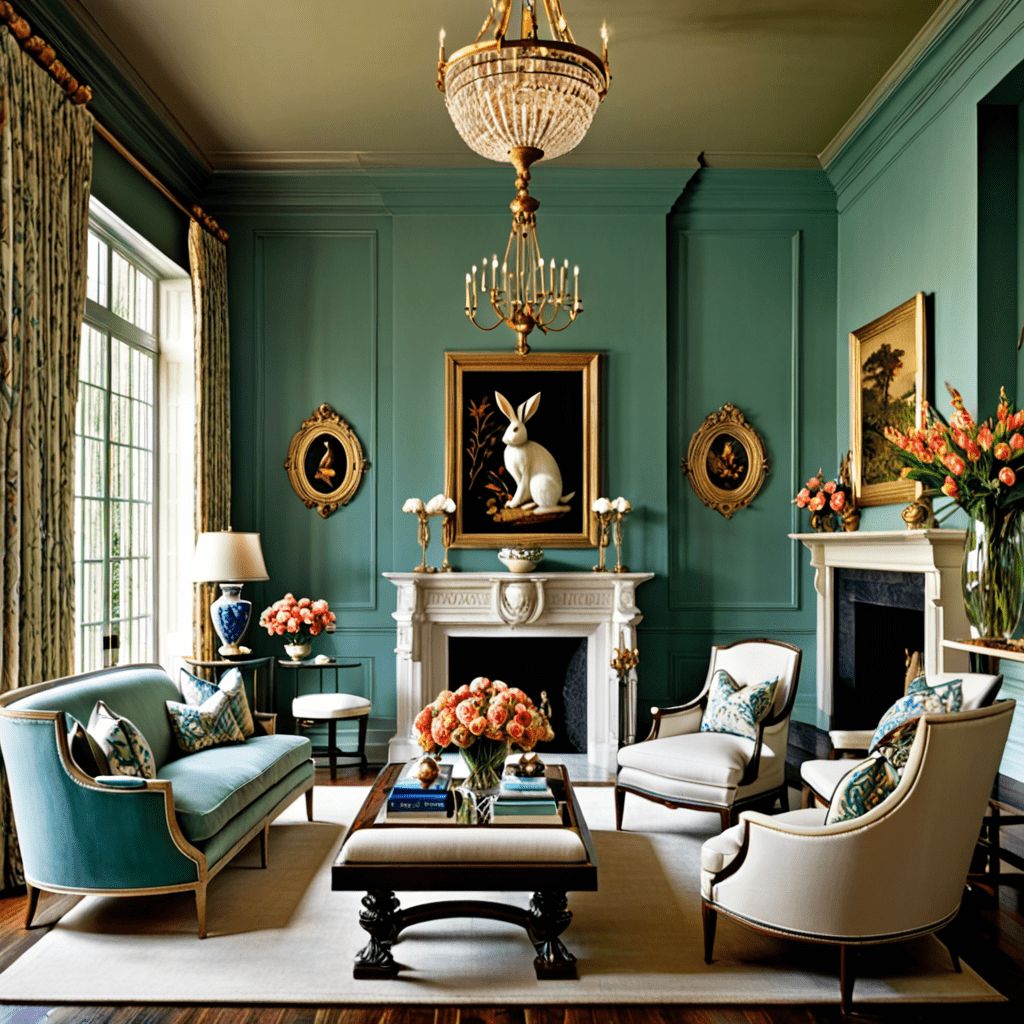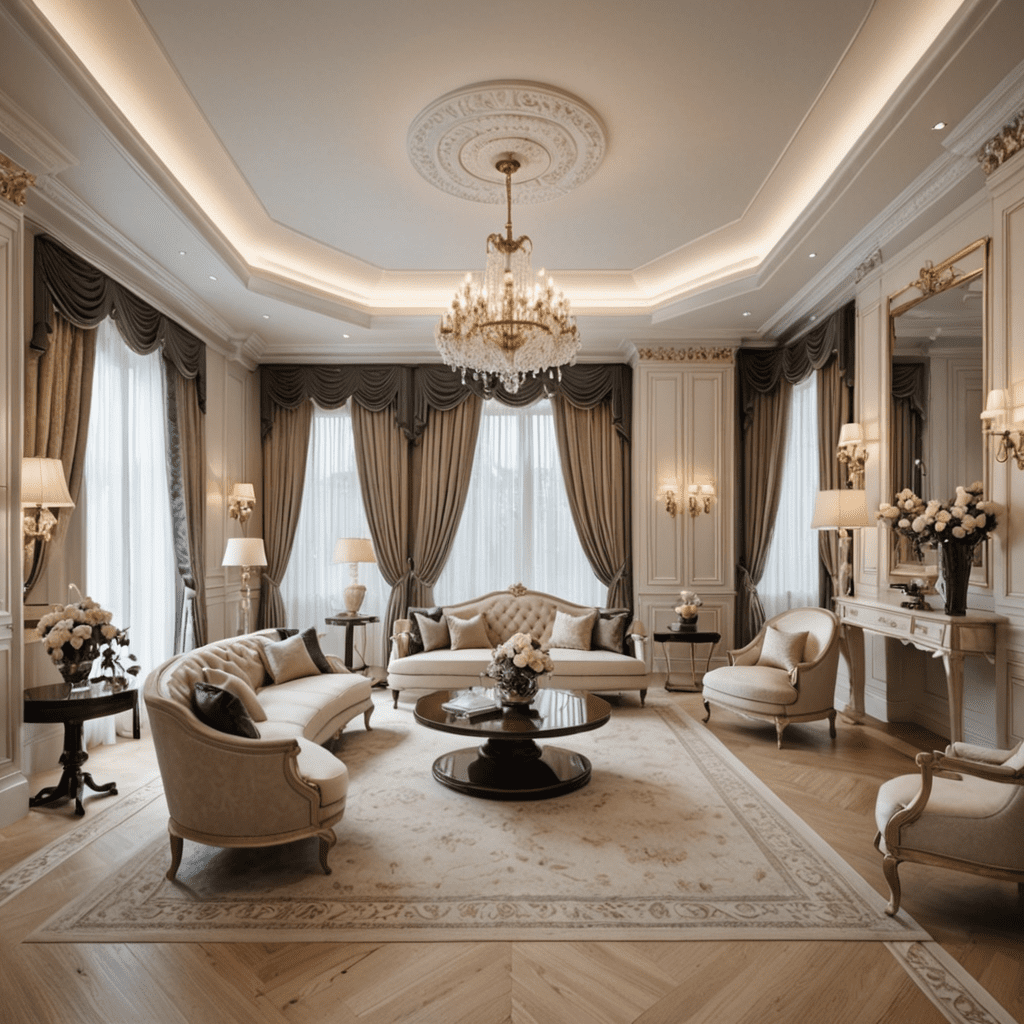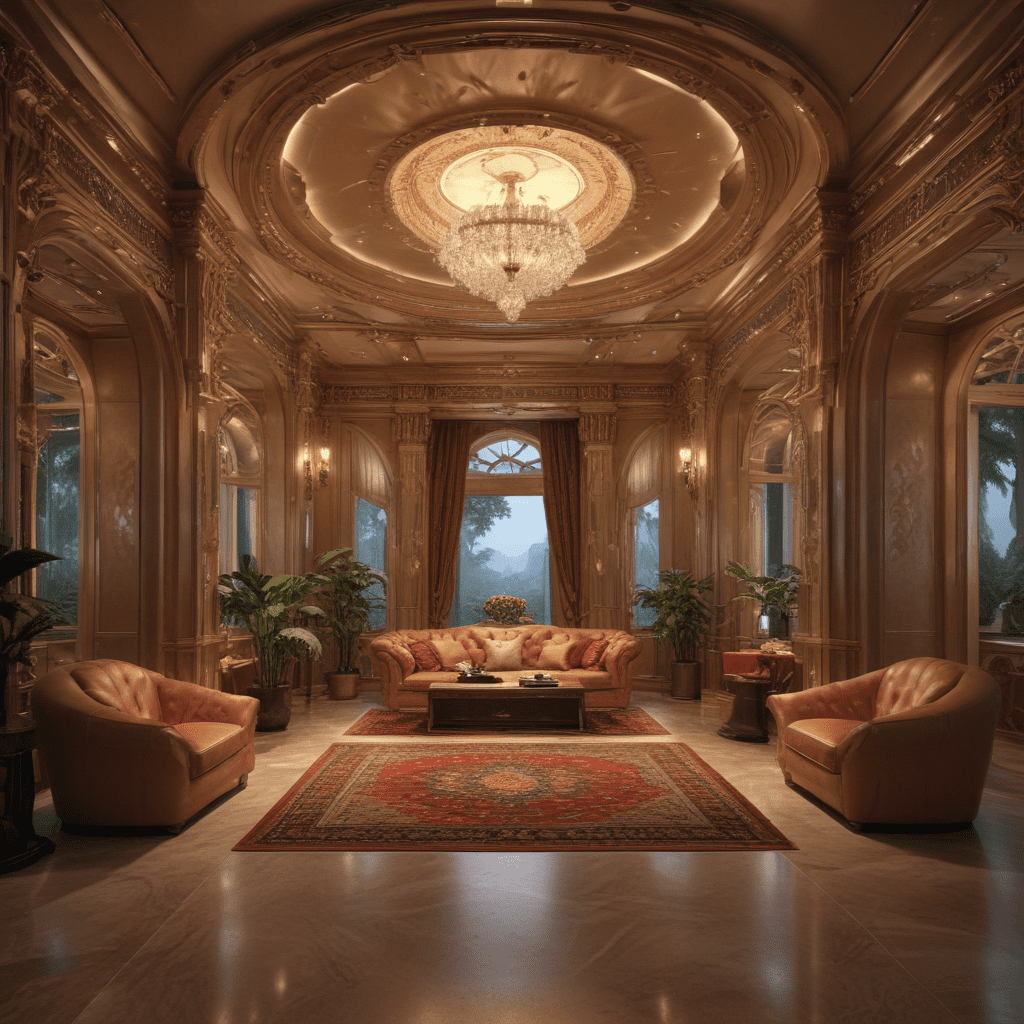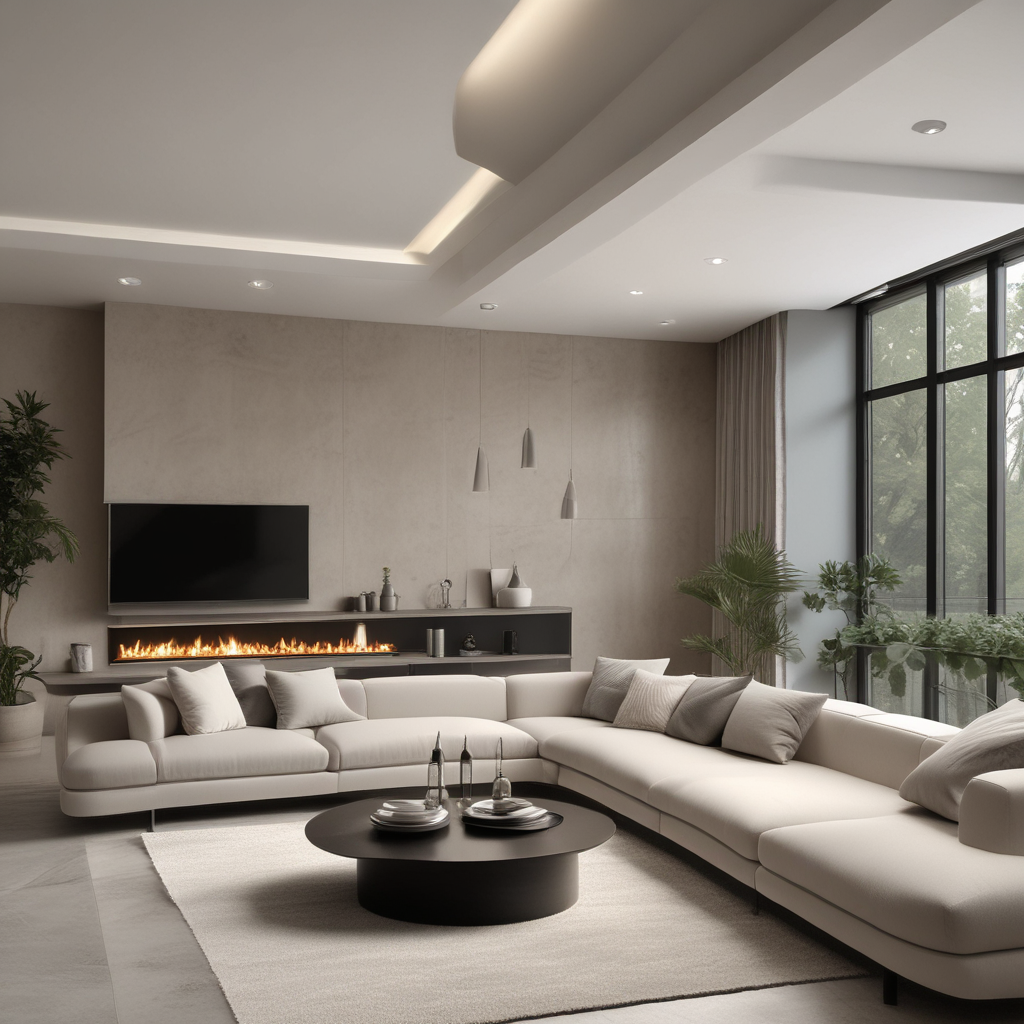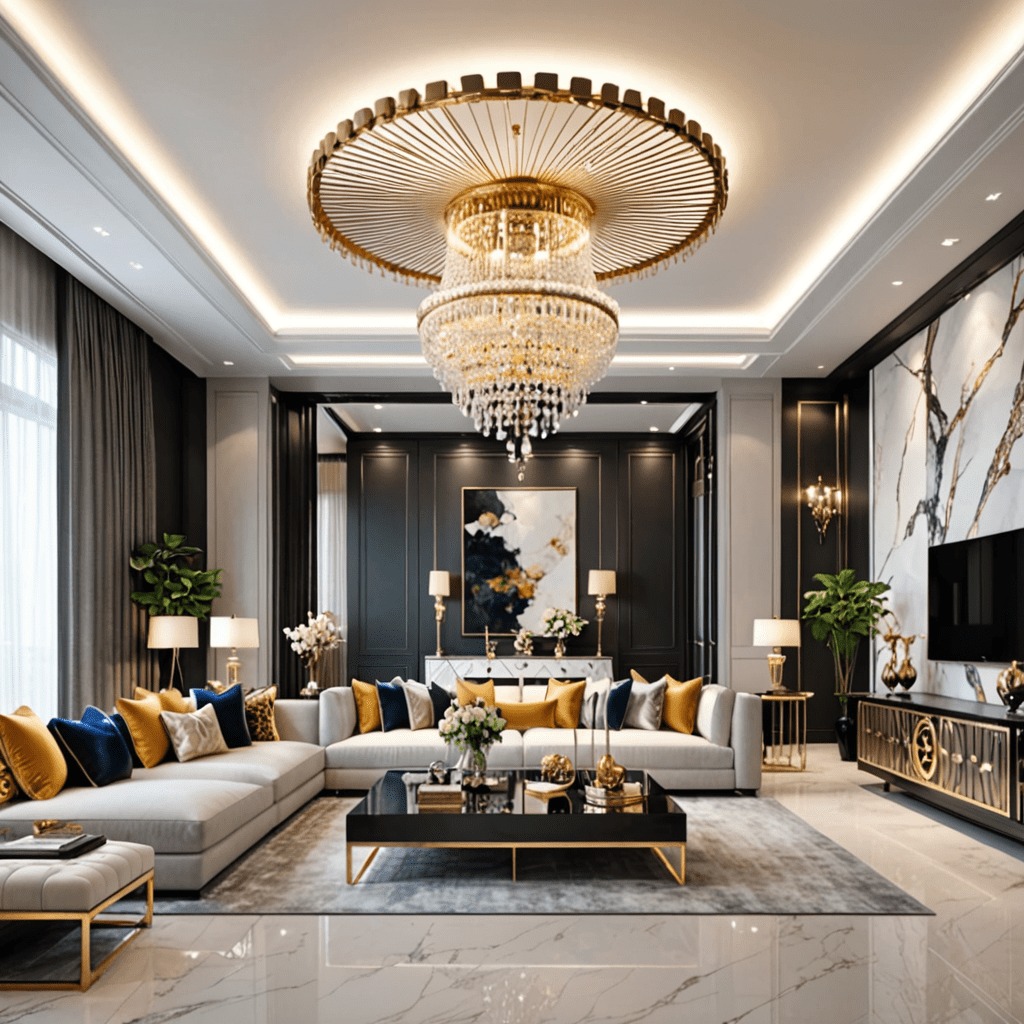Enliven Your Home with Complementary Color Schemes in Interior Design
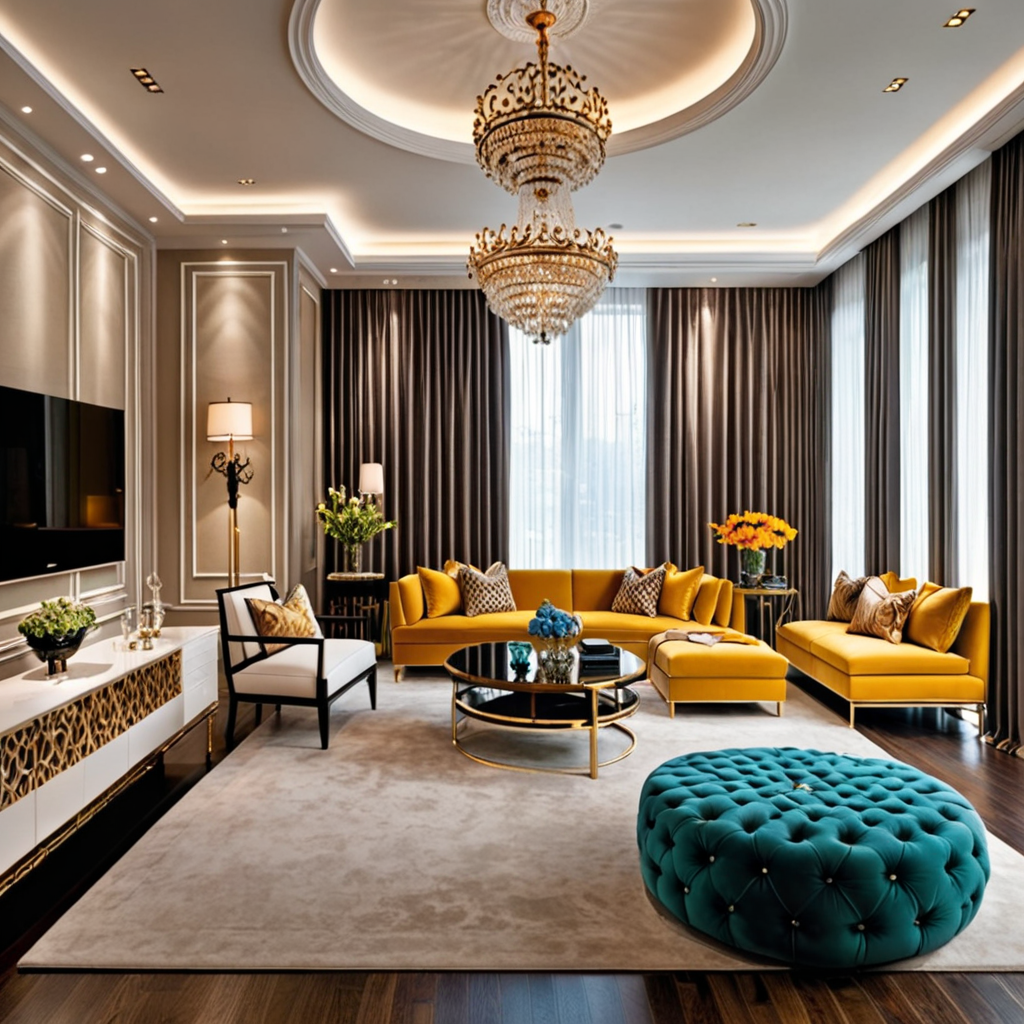

Enliven Your Home with Complementary Color Schemes in Interior Design
When it comes to designing the interior of your home, the use of color is paramount. Complementary color schemes are a popular choice among interior designers and homeowners seeking a vibrant and visually appealing atmosphere. Understanding the concept of complementary colors and how to implement them in interior design can truly transform the aesthetic of your living space.
What are Complementary Colors?
Complementary colors are pairs of colors that are located directly opposite each other on the color wheel. When combined, these colors create a high contrast effect, making each other appear more vibrant and prominent. The primary complementary color pairs are red and green, blue and orange, and yellow and purple.
Implementing Complementary Color Schemes in Interior Design
When applying complementary color schemes to interior design, it’s essential to find a balance that creates a visually appealing space while avoiding an overwhelming or jarring effect. Here are some key tips for incorporating complementary colors into your home:
1. Choose a Dominant Color: Select one of the complementary colors as the dominant hue in the room. This color will set the overall tone and mood of the space.
2. Use the 60-30-10 Rule: When designing a room, aim to use the dominant color for about 60% of the space, the secondary color for 30%, and the accent color for 10%. This creates balance and harmony in the design.
3. Mindful Placement: Apply the complementary colors strategically throughout the room, considering elements such as walls, furniture, decor, and accessories. Balance the distribution of colors to achieve visual equilibrium.
4. Neutrals as Balancing Agents: Incorporate neutral colors such as white, beige, or grey to balance out the high-contrast effect of complementary colors, preventing the space from feeling overwhelming.
5. Test with Samples: Before committing to a full paint job or major decor change, test out the complementary color scheme using swatches and samples to ensure the combination achieves the desired effect.
Benefits of Complementary Color Schemes
Utilizing complementary color schemes in interior design offers numerous benefits, including:
1. Vibrant and Dynamic Atmosphere: Complementary colors create a lively and energizing ambiance, perfect for spaces where social interactions and creativity thrive, such as living rooms, dining areas, and home offices.
2. Visual Interest: The high-contrast nature of complementary colors adds visual intrigue to a room, making it visually stimulating and engaging.
3. Defined focal points: Complementary colors naturally draw attention and can be used to highlight specific architectural features or key design elements within a room.
4. Timeless Elegance: When applied thoughtfully, complementary color schemes can result in a timeless and sophisticated interior design that transcends trends.
Considerations for Implementing Complementary Color Schemes
While complementary color schemes can elevate the aesthetic of an interior space, it’s important to consider a few factors before diving into a design overhaul:
1. Lighting Conditions: Natural and artificial lighting can influence the way colors appear in a room. Consider the lighting conditions when choosing complementary colors to ensure the desired effect in all lighting scenarios.
2. Personal Preferences: Although complementary color schemes are visually impactful, personal color preferences play a crucial role. Always consider your own preferences and the intended functionality of the space when implementing a color scheme.
3. Psychological Impact: Certain complementary color combinations can evoke specific emotions. For example, red and green may bring festive cheer, while blue and orange create a sense of vitality. Be mindful of the psychological impact when choosing complementary colors for different rooms in your home.
FAQ
Q: Can complementary colors work in small spaces?
A: Yes, complementary colors can be used effectively in small spaces. However, it’s crucial to find the right balance and to consider the lighting conditions to prevent the space from feeling overwhelming or visually constricted.
Q: Are there alternative color schemes that can provide a similar effect to complementary colors?
A: Analogous color schemes, which consist of colors that are adjacent to each other on the color wheel, can provide a harmonious yet visually interesting effect similar to complementary colors. Additionally, triadic color schemes, which incorporate three colors that are evenly spaced around the color wheel, can also offer a vibrant and balanced look.
Q: Can I use complementary colors in every room of my home?
A: While complementary colors can be used in various rooms, it’s important to consider the specific purpose and atmosphere you want to create. For instance, lively complementary color schemes may be perfect for social areas like the living room or dining room, but a more calming color scheme might be preferable for the bedroom or study.
In conclusion, complementary color schemes in interior design offer a powerful tool for creating dynamic and visually captivating spaces within your home. By understanding how to effectively implement and balance complementary colors, you can enliven your living environment and create a personalized interior that reflects your unique style and preferences.

